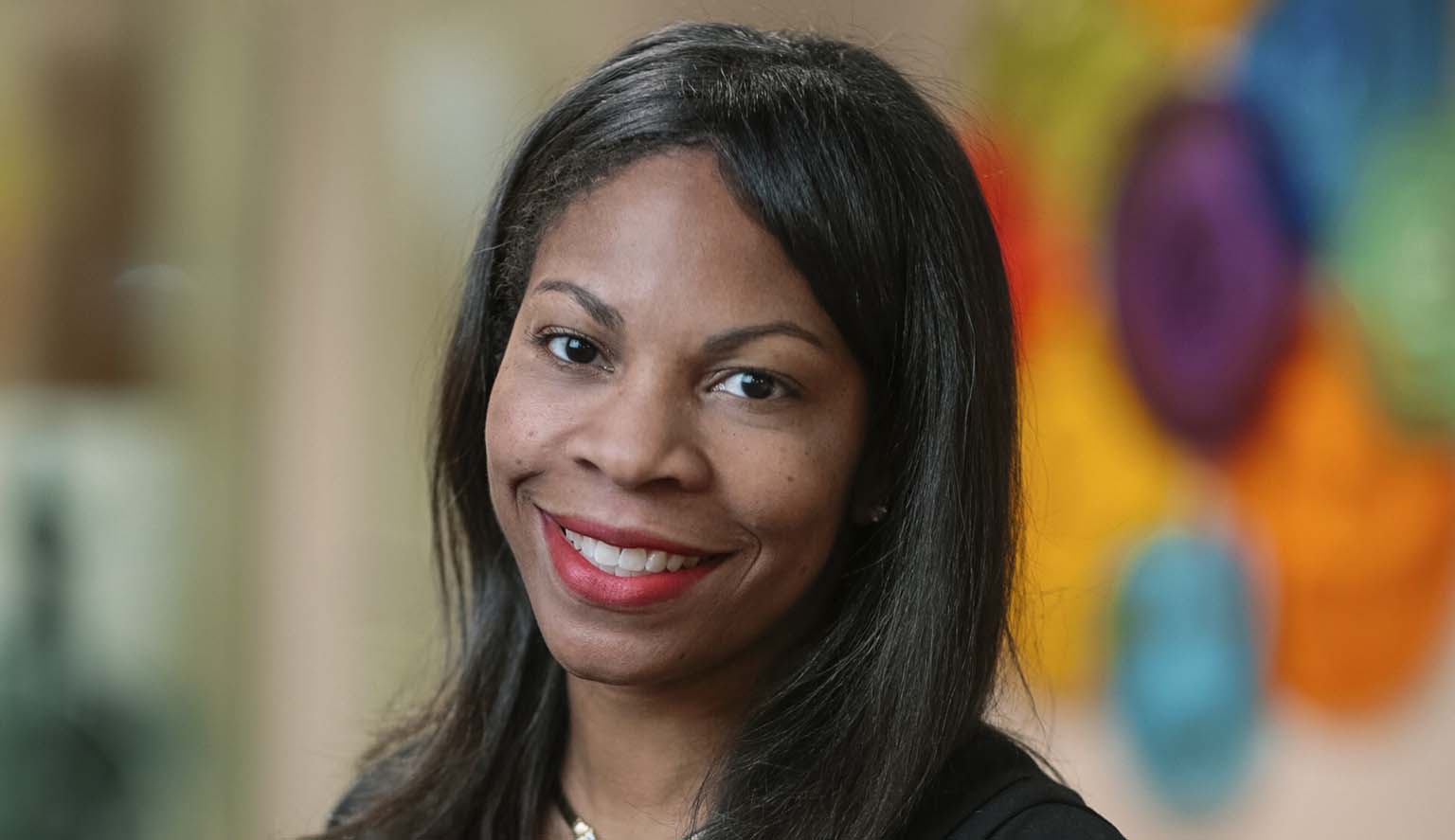Kidney Health Innovations with Academic and Corporate Partners: One-Minute Interview with Mayo Clinic’s Dr. LaTonya J. Hickson
November 23, 2020 – By Jared Mueller, Director – Mayo Clinic Innovation Exchange
LaTonya J. Hickson, M.D. established a broad kidney disease research agenda during her tenure as an innovator in Mayo Clinic’s top-ranked Nephrology program in Minnesota. Earlier this year Dr. Hickson relocated to Mayo Clinic’s Florida campus, where she chairs the Division of Nephrology and Hypertension — and continues to work with researchers and corporate innovators across the country to improve patient care.
Q: You have paired a broad, high-impact research agenda with departmental leadership roles — and continue to engage with Fortune 500 companies looking to improve the nearly $100 billion worldwide renal dialysis industry. Can you share what has driven you to simultaneously lead important administrative programs within Mayo Clinic, while also leading complex research programs in the broader renal innovation ecosystem?
LH: I am inspired by the tenacity with which patients with chronic kidney disease adjust to and overcome the many challenges of this chronic illness. In my early training, I was shocked by the devastation kidney failure can have on patients and their caregivers. Moreover, I began to appreciate the disparate rates of kidney failure in certain populations.
Nearly 15% of the U.S. population has chronic kidney disease and around 120,000 Americans develop end-stage kidney failure each year. My own family has not been spared. I am duly motivated to find treatment options that improve the lives of patients with kidney disease. Our collaborations with companies invested in optimizing care for dialysis patients have advanced treatments offered today. I believe that our Regenerative Nephrology research will further the advances in treatment — but it will take time.
Q: Are there developments in nephrology that are on the top of your radar screen — and that are especially promising from your perspective?
LH: I am excited about the promise of Regenerative Medicine for many diseases without a cure. Our focus and that of other researchers around the globe has been on cell-based therapy for kidney disease. My mentors, Drs. Stephen Textor and Lilach Lerman, in Minnesota did pioneering work in animal models of renovascular disease. Their research paved the path for a clinical trial in humans and resulted in favorable outcomes.
My focus is on diabetic kidney disease, the most common cause of kidney failure in the U.S. Here at Mayo Clinic in Florida we are excited to grow our regenerative nephrology research program with the Mayo Clinic Center for Regenerative Medicine; Dr. Abba Zubair, director of the Human Cell Therapy Lab; and several colleagues engaged in innovative studies. Preliminary investigations are promising and patients want the opportunity to try regenerative therapies here in the U.S. To meet this demand, we are working diligently to offer early phase cell-based therapy trials testing safety in patients with kidney disease.
Q: In addition to leading cutting-edge research at Mayo Clinic, you chair the Nephrology and Hypertension Division at Mayo Clinic in Florida. Your leadership also involves major commercialization workstreams, introducing Mayo Clinic innovations to leading global healthcare companies. How has your work with corporate partners complemented your clinical, administrative, and research leadership roles?
LH: I was very fortunate to come to a strong division that was actively involved in these pursuits. Several of our corporate partners engage with Mayo Clinic in Florida because of the strength of our dialysis program. With concerted effort, we have increased the percentage of patients taking advantage of home dialysis. There are many benefits to home dialysis, but the value of home therapies has been even more apparent from a patient safety perspective during the COVID-19 pandemic. Given the projected global growth in end-stage kidney failure, it’s rewarding to work with innovative companies of all sizes looking to increase access and improve patient outcomes.
Q: Regenerative medicine is one of Mayo Clinic’s focal fields for its 2030 strategic vision. Mayo’s Center for Regenerative Medicine has featured your important work — which also received Phase I clinical trial grant funding from Regenerative Medicine Minnesota while you were still in Rochester. In your Nephrology and Hypertension leadership role, are there particular ways you are excited to collaborate with Regenerative Medicine colleagues on the Florida campus, across Mayo Clinic, and across the country?
LH: We were delighted to receive the award from Regenerative Medicine Minnesota which allowed us to initiate the first clinical trial applying patient-derived mesenchymal stem cell therapy for the treatment of diabetic kidney disease in the U.S. In doing so, we have had an outpouring of inquiries from patients here and abroad who are hoping to participate in stem cell clinical trials.
On the Florida campus, we are working to begin trials testing the safety and efficacy of allogeneic stem cell therapy using cells from healthy donors for treatment of chronic kidney disease. We are working closely with the Mayo Clinic Center for Regenerative Medicine and are optimistic about what’s ahead.
Q: What breakthrough innovations in healthcare delivery or technology excite you most?
LH: I recently participated in the Advanced Regenerative Manufacturing Institute (ARMI) BioFabUSA conference. The goal of our panel session was to utilize kidney disease as a case study as we prepare for the forward movement of bioengineered organs, namely transplantable kidneys. If successful, this would expand the available organ pool, finally diminishing the extensive kidney transplant waiting list.
There are also innovations underway to provide portable dialysis therapy that frees patients from their dialysis facility. Each of these initiatives in the pipeline has potential to reduce gaps in health disparities. I am grateful for the investment and tireless effort put in to these advances, and I am anxious to see them come to fruition.

